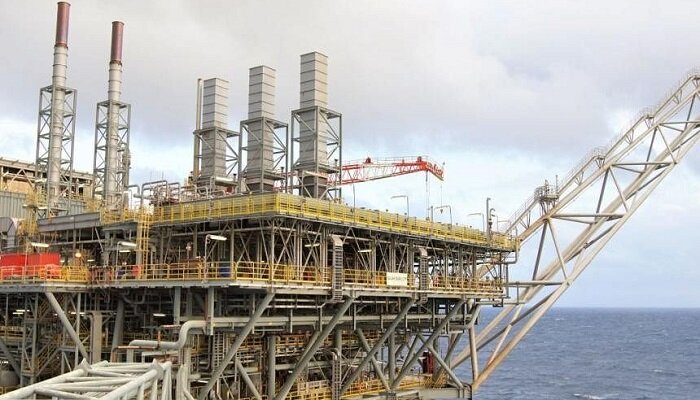Indonesia has cleared the initial development plan for the offshore Tuna gas resource, with a total estimated commitment of $3.07 billion up to the start of production, according to upstream oil and gas regulator SKK Migas.
The Tuna field, which is located in the South China Sea between Indonesia and Vietnam, is expected to achieve its peak power of 115 million standard cubic feet per day (MMSCFD) in 2027, according to SKK Migas spokesperson Mohammad Kemal. According to prior statements made by Indonesia’s energy minister, natural gas from Indonesia’s Tuna field, which is run by a regional affiliate of London-listed Harbour Energy, would begin to be exported to Vietnam in 2026.
Dwi Soetjipto, the chairman of SKK Migas, stated on January 2 that the project’s construction would highlight Indonesia’s maritime entitlements in addition to its economic advantages.
In a statement, Dwi said that there would be activity in the border region, one of the world’s geopolitical flashpoints.
The upstream oil and gas project will be secured with help from the Indonesian navy, making it a political and economically significant statement about Indonesia’s sovereignty. Conflicts about which nation in the South China Sea has sovereign rights have recently halted energy development in that area. Chinese coast guards and maritime surveillance vessels have delayed work being done in the exclusive economic zones of Vietnam, Malaysia, and the Philippines.
Citing its own historical maps, China asserts sovereignty over practically the entire South China Sea. A 2016 ruling by an international arbitration tribunal invalidated these claims.
According to persons familiar with the situation who spoke to Reuters at the time, China ordered Indonesia to halt exploring for oil and natural gas in maritime area that both nations claim as their own in 2021.



















































